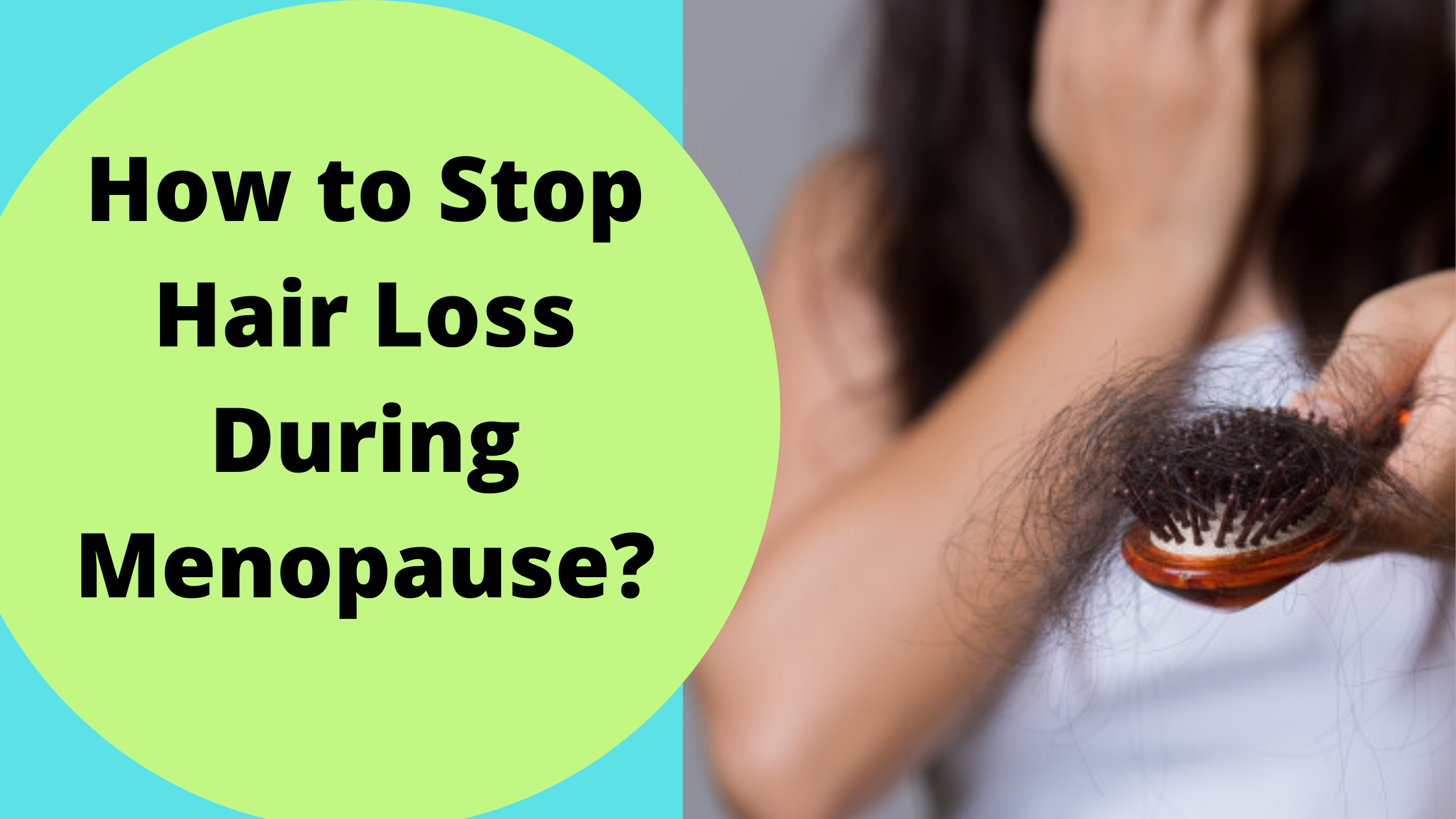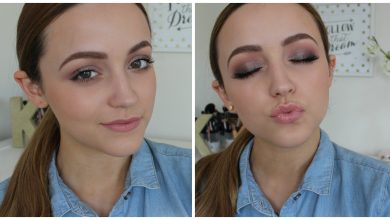How to Stop Hair Loss During Menopause?

Women go through menopause since it is a normal part of their bodies. Hormone fluctuations cause several changes to occur in the body throughout this period. Another typical effect is hair loss. Is the question does menopause cause hair loss?
Women’s hair loss is more subtle than men’s. Rather than bald patches, most women have general hair thinning. Brushing and taking a shower may cause vast clumps of hair to come out.
Hormonal imbalance is thought to be the cause of menopausal hair loss. Specifically, it has to do with decreasing estrogen and progesterone production. The synthesis of androgens, a category of male hormones, increases when these hormones are depleted—hair follicles atrophy due to androgen use, leading to baldness. Women undergoing menopause may see the face “peach fuzz” and hair sprouts on their chin.
A variety of different reasons may also cause menopausal hair loss. Stress, disease, or a deficiency in particular nutrients are all examples of these conditions. Getting a thyroid test or a complete blood count might rule out other possible reasons for hair loss.
However, menopause hair loss is a temporary ailment that shouldn’t cause undue concern about your physical appearance. During menopause, these methods will help you maintain your hair healthy and strong.
What is the cause of this?
As we become older, we’re more likely to get FPHL, which varies across ethnic groups and rises with age. Although it may occur at any age, menopause is the most likely period for the illness to arise. No one hormone is solely responsible for this. However, estrogen may play an essential protective function in maintaining hair’s ‘growth phase.’ Age is a role, and although women may take aesthetic care of their hair, thinning hair is a natural part of getting older that we have little control over. Hair development might be affected during severe stress on the body, such as sickness, mental focus, and rapid weight loss. In some instances, medicine may play a role as well.
Is there a problem here?
In most cases, when a woman has menopause hair loss, there is nothing physically wrong with her. Your doctor may ask whether there were any dietary deficiencies, stressful situations, or diseases that may have contributed to your hair loss. To rule out other possible reasons, your medical history may be questioned. You may be examined for illnesses including anemia, low ferritin, thyroid problems, elevated testosterone levels, or skin disorders. Hormonal imbalances, such as irregular periods, facial hair development, or fresh acne outbreaks may also be examined during your examination.
During Menopause, what can be done to prevent hair loss?
Take a Breather
To avoid a hormonal imbalance, it’s critical to manage your stress levels. Depression, anxiety, and mood changes may result from decreased estrogen production. When alleviating menopausal symptoms, yoga and other breathing relaxation exercises are very beneficial.
Get Up and Go!
A healthy lifestyle must include regular physical activity. Consider going for a run, joining a gym, or taking a stroll with a buddy. All of these aspects must be considered to maintain a good hormonal balance.
Eat a Healthy Diet
Eating a healthy, low-fat diet may help you avoid hair loss. Every meal should include a sufficient quantity of whole grains, fruits, and vegetables. Mono-saturated oils, such as olive and sesame oil, should also be a part of your diet. Supplementing green tea, B6 and folic acid, and other B vitamins may also aid in hair development. The health of one’s hair depends heavily on essential fatty acids. Foods that contain these fatty acids include:
salmon
tuna
oils of flaxseed
Water
Make water your main drink and minimize sugary beverages. Many variables, including general health and workout intensity, influence the quantity of water required.
It’s recommended to avoid using heat products like hairdryers and straightening irons to avoid drying and breaking your hair. Hair extensions and other style procedures might potentially damage your hair and cause it to fall out sooner rather than later.
So does menopause cause hair loss?If you need to color your hair, go for a natural option. Hair and scalp health may be harmed by the synthetic chemicals used in hair colors and perms. To keep your scalp healthy and support healthy hair development, apply a nourishing conditioner every time you wash your hair.
The chlorine in the pool may cause hair breakage if you do not use a swimming hat. Wearing a cap to prevent your hair from drying and getting damaged is essential while spending extended time in the sun or wind.
When Taking Medications, Discuss Them with Your Doctor
Hair loss may occur as a side effect of several drugs. If you see considerable hair loss and suspect that your medication is to blame, make an appointment with your doctor. In some instances, your doctor may be able to move you to a different drug with no adverse effects. Take your medicines as prescribed, and only stop taking them if you have discussed this with your doctor.
To sum it up
Contradictory findings have been found in clinical research exploring the effects of phytoestrogen ingestion on human health. These medications’ safety and effectiveness are yet unknown.
And over 40 percent of women have baldness and menopause hair loss, as per recent studies. Menopause hair loss is a common consequence of hormonal variations after menopause.
About the Author
Naman Modi is a Professional Blogger, SEO Expert & Guest blogger at Beverly Hills Hair Restoration. He is an Award-Winning Freelancer & Web Entrepreneur helping new entrepreneurs launch their first successful online business.
Social Media Links:-
https://www.facebook.com/BeverlyHills.HairRestoration
https://www.instagram.com/beverlyhillshairrestoration/
https://www.linkedin.com/company/beverly-hills-hair-restoration
Apart from this if you are interested to know about Hair Removal Services then visit our Lifestyle category.




